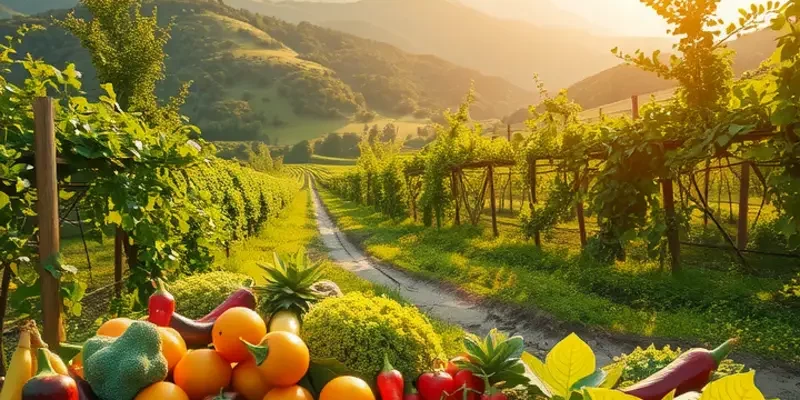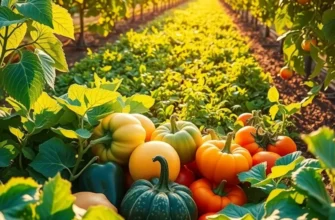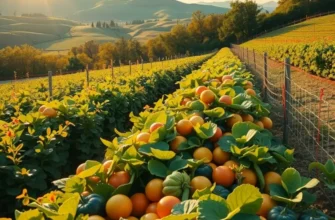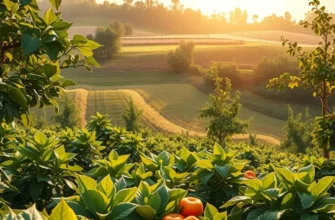Water is essential for life, yet our food choices significantly impact its availability and quality. By making conscious dietary decisions, individuals can contribute to the protection of this vital resource. Sustainable food practices not only enhance our health but also preserve the environment. Together, we can build a future where our eating habits support sustainable water usage and promote environmental health.
Sustainable Sourcing: Choosing Wisely
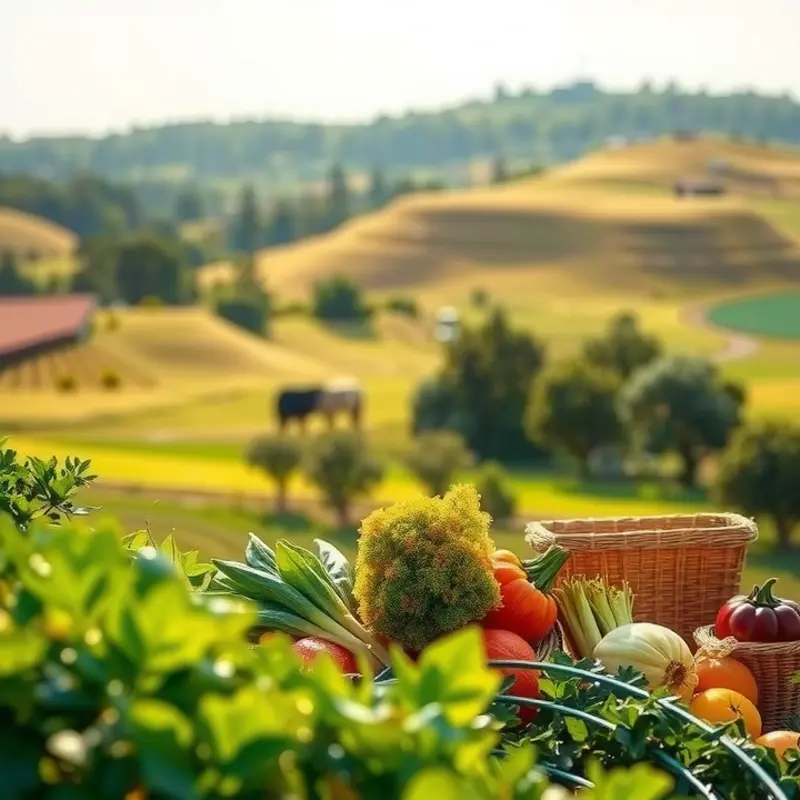
Sourcing food responsibly can significantly minimize water pollution and loss. The impact of food production on water supplies is profound, affecting quality and availability. Every stage, from farming to distribution, can contribute to water degradation. Choosing eco-friendly food options involves understanding these impacts and making informed choices.
Let’s begin with farming methods. Conventional agriculture often uses fertilizers and pesticides that leech into water bodies, causing pollution. Organic farming, however, employs natural techniques that significantly reduce runoff. By opting for organic or pesticide-free foods, you support the preservation of clean water sources.
Water usage in food production varies widely between products. Some crops require vast amounts of water, draining local supplies and affecting ecosystems. Rice and almonds, for example, are known for their high water usage. Conversely, crops like millet and beans have lower water footprints. By prioritizing low-water-usage foods, you contribute to sustainable water management.
Understanding food labels can further aid eco-friendly decisions. Labels indicating sustainable practices, such as “Rainforest Alliance Certified” or “Fair Trade Certified,” often imply responsible water usage. These certifications ensure that farms adhere to practices that minimize water waste and pollution.
The choice of protein also plays a role. Meat production is water-intensive, with beef having one of the highest water footprints. Switching to plant-based proteins such as lentils or chickpeas can drastically reduce your water impact. If meat remains a dietary choice, opting for poultry over beef is a more water-wise decision.
Local sourcing is another noteworthy strategy. Importing food requires additional water inputs for transportation and preservation. By choosing local produce, you decrease the virtual water footprint associated with these processes. This practice not only supports local farmers but also enhances regional water sustainability.
Seasonal eating complements local sourcing. Selecting fruits and vegetables in season reduces the need for extensive irrigation and storage, further conserving water. This approach promotes natural water cycles and aligns with eco-friendly practices.
For beverages, consider the production processes and packaging involved. Opt for products in responsible packaging to avoid unnecessary water expenditure. For insights into sustainable beverage packaging, explore the related blog on responsible beverage packaging.
Educating yourself on certifications and understanding production methods empowers you to make eco-conscious purchases. Each informed decision contributes to reducing your water footprint. These efforts, cumulative over time, play a crucial role in protecting our precious water resources.
Plant-Powered Plates: Embracing a Plant-Based Diet
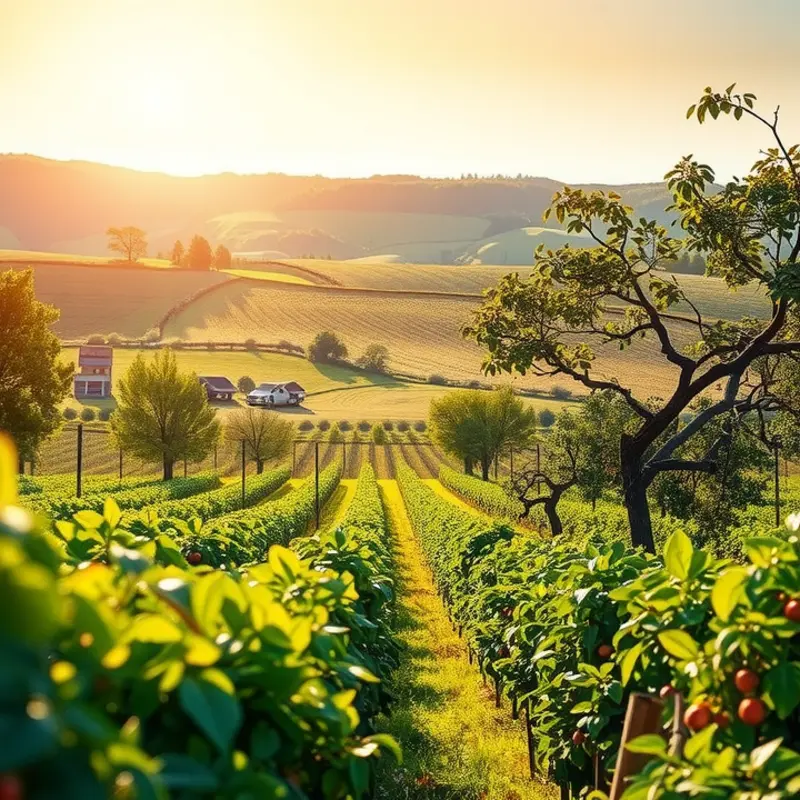
Adopting a plant-based diet is not just a personal health choice but a revolutionary step toward conserving our planet’s water resources. The meat production industry is one of the largest consumers of water, with staggering amounts required for animal rearing, feed production, and processing. By contrast, plant-based foods generally require significantly less water. This shift towards vegetable-heavy meals can directly reduce water demand and, consequently, mitigate water scarcity issues.
The primary reason livestock farming is water-intensive lies in the feed crops required. Producing a single pound of beef necessitates nearly 1,800 gallons of water, considering the water needed for the feed the cows consume over their lifetime. On the other hand, growing vegetables, grains, and legumes is substantially less demanding on water resources. For example, the water footprint of a pound of tofu is around 300 gallons, showcasing a tangible reduction in water usage by choosing plant alternatives.
Beyond environmental benefits, going plant-based opens a world of delicious and fulfilling meals that are nourishing and satisfying. Think of vibrant Buddha bowls filled with quinoa, fresh greens, roasted sweet potatoes, and a tangy tahini sauce. Or consider the hearty satisfaction of a lentil stew enriched with spices like cumin and coriander. The variety and creativity involved in plant-based cooking encourage not only sustainable eating habits but also a rich culinary experience.
Incorporating more plant-based options into daily life can begin with small, manageable changes. Start with a few meatless days each week, experimenting with recipes from various cuisines that naturally highlight plant ingredients. Mexican, Indian, and Mediterranean dishes often center around beans, grains, and vegetables, offering robust flavors with minimal environmental impact.
Stock your pantry with meal-prep essentials like chickpeas, lentils, brown rice, and nuts to make meal planning easier and provide options for quick and nutritious meals. Choose seasonal and local produce where possible to further decrease your environmental footprint, as transporting food across long distances adds to resource consumption.
For those interested in further sustainability practices, learning efficient snack prepping can complement a plant-forward lifestyle. By focusing on whole and raw ingredients in snack preparation, the reliance on processed foods decreases, which indirectly supports water conservation efforts. Explore tips on efficient snack prepping here.
Ultimately, a plant-based diet offers a multifaceted approach to water conservation. By embracing more plant-centric meals, each plate becomes a small action towards a bigger solution, championing both personal wellness and environmental sustainability. This conscious choice underscores the broader movement towards a more water-wise and ethical consumption model, aligning our food practices with the urgent need to protect our natural resources.
Final words
Making eco-friendly food choices is not just beneficial for personal health; it plays a vital role in protecting our precious water resources. By selecting sustainably sourced foods and embracing a plant-based diet, each of us can contribute to a healthier planet. This shift in our eating habits not only promotes well-being but encourages a ripple effect, inspiring others to consider their food choices for the sake of the environment. Together, we can cultivate a society that prioritizes the protection of water – an essential resource for future generations.

